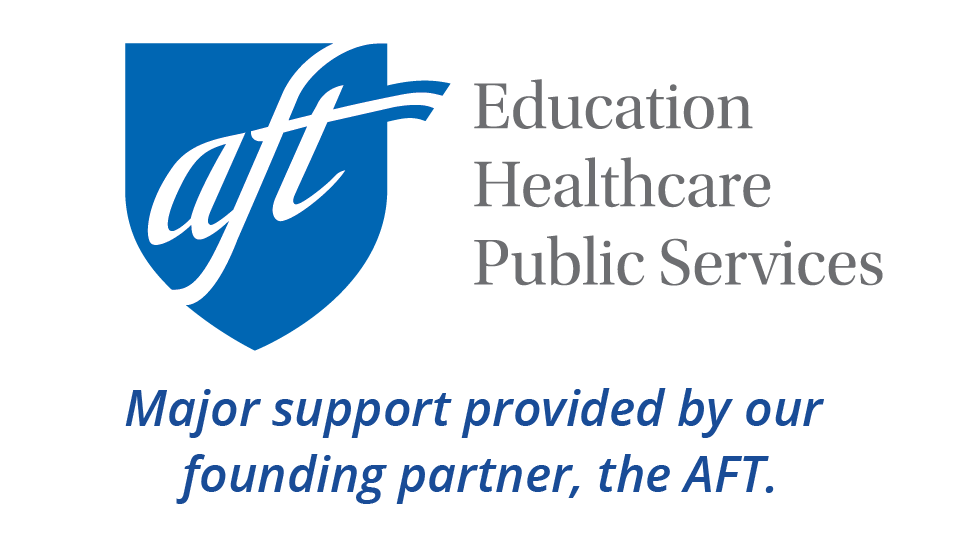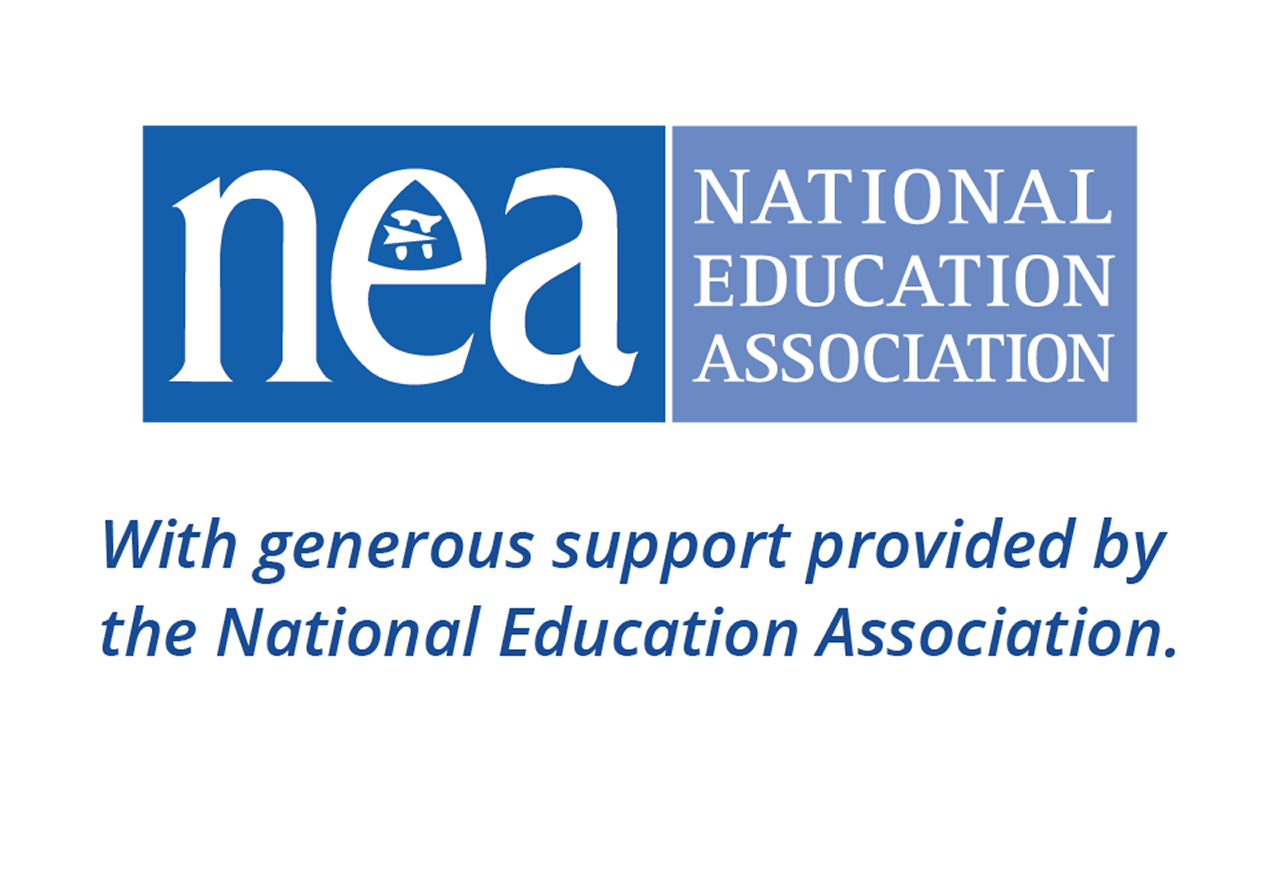Why Emergency Contact Information Matters
One of the most important things that schools and early childhood programs can do to support immigrant families is to help keep accurate emergency contact records. There are several scenarios in which educators may need to use emergency contact information, including:
- A situation with a child
- An emergency at the school
- School delays, closures, or early releases
The importance of being able to contact immigrant families was underscored during the COVID-19 pandemic when schools needed to re-establish communication following school closures.
Immigration enforcement
For immigrant families in which one or more caregiver is undocumented, there is another reason that schools need accurate and updated information: if caregivers are detained during the day and are unavailable to pick up their children, the emergency contact will be the next person that the school calls.
Educators who have experienced immigration raids or enforcement in their community say that keeping families' contact information updated is one of the most critical steps educators can take on behalf of immigrant families. Having a designated emergency contact can impact the outcome of a family's situation where questions of guardianship are at stake; children of detained caregivers can end up in foster care, as seen in this family’s story.
Why keeping updated records can be challenging
While it seems straightforward, there are many barriers and challenges that can impact whether schools have updated emergency contact information on file:
- Families may be unfamiliar with how to provide and update emergency contact information.
- The process may involve using a website or an app that families can't easily access. This platform may also be available only in English.
- Families who use prepaid cell phones may also change phone numbers regularly.
- Families' housing and economic situations may be unstable, meaning that families are moving frequently.
- Families may rely on messaging apps and social media for communication with the school, as opposed to phone calls or email.
- Caregivers may have varying degrees of literacy, meaning that written notices aren't sufficient for communication.
How to Make It Easier for Families to Update Information
Emergency Contact Procedures
- Review your contact forms and procedures from the point of view of multilingual, ELL, and immigrant families. Ask family liaisons for their input.
- Translate emergency contact forms and help immigrant families understand what they are, through an interpreter or parent liaison if necessary. (Video messages may be one avenue for sharing information broadly.)
- Ensure that families have instructions in their language on how to update their contact information.
- Ask families to review existing contact information to ensure it is accurate.
- Keep in mind that online systems may not be easy for families to access without a device or internet connectivity. Provide alternate options, such as paper forms in families' languages, if needed.
- Ask for multiple contacts of trusted adults for each student, as well as for contact information of older siblings. Be diligent about collecting this information at the beginning of the school year or when the child enrolls, and explain applicable privacy laws regarding personal information.
- Ensure that ELL and immigrant families know how to contact the school.
- Ask families their preferred method of contact, whether via phone, email, text, or video call. (Many schools use the TalkingPoints app for family communication, although some families have expressed a preference for texting over WhatsApp.)
- Include reminders to update contact information in all school- or district-wide communications and events so that immigrant families don't feel singled out.
- In addition, include emergency contact reminders as part of your outreach to immigrant families.
Note: While it is important not to stoke anxiety through this process, it is also important for families to understand why emergency contact information matters. Work with local community partners who can share recommendations on how to communicate effectively about this topic.
Schoolwide Preparation and Planning
- Keep in mind that families have a legal right to information from the school in their home language.
- See additional information about making a plan to care for children whose parent may be unavailable, as well as guides that can help prepare families prepare for separation, in our section about legal resources that may be available to immigrant families as they review their situations.
Examples from Districts
- Emergency Contact Cards in Multiple Languages (New York City Department of Education)
- Video: Updating Your Emergency Information in FamilyID (Berkeley County Schools, West Virginia)
Recommended Resources
- Answering Immigrant Students’ Questions (Colorín Colorado)
- Lessons from Postville: How an Immigration Raid Changed a Small Town and Its Schools (Colorín Colorado)
- Mass deportation could separate millions of families, leaving schools to pick up the pieces (Chalkbeat)
- Actions to Help Parents and Caretakers Prepare in Case They Are Detained (Stanford and CCSA)
- What if ICE Agents Show Up? Schools Prepare Teachers and Parents. (The New York Times)








Add new comment